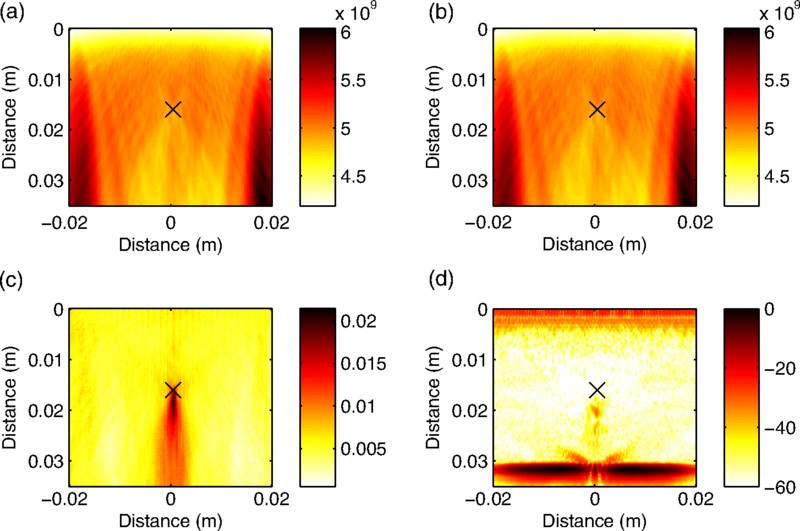Nonlinear ultrasound and multi-wave methods
New materials are being continuously developed and existing materials are being pushed harder than ever. Against this background we are developing techniques to better characterise materials. The aim is to measure things other than what are commonly called ‘gross defects’. The Holy Grail in this field is to measure the remaining life of a component (e.g. percentage fatigue life remaining) and that is our long-term goal. To achieve this challenging goal we are investigating nonlinear ultrasonic techniques and multi-wave techniques. There is good evidence that both approaches are sensitive to subtle materials parameters such as the build-up of dislocations due to fatigue, but the challenge is to develop these into robust and reliable measurement systems. In parallel with this generally experimental approach we are exploring the physical principles behind these complex interactions to enable their potential to be fully understood and exploited.
Key research publications in this area
A. J. Croxford, P. D. Wilcox, B. W. Drinkwater, and P. B. Nagy, "The use of non-collinear mixing for nonlinear ultrasonic detection of plasticity and fatigue," Journal of the Acoustical Society of America, 2009.
J. N. Potter, A. J. Croxford, and P. D. Wilcox, "Nonlinear Ultrasonic Phased Array Imaging", Physical Review Letters, 2014.
For more publications click here

Working in this area
Dr. Jack Potter – multiwave methods for material characterisation
Dr. Mihai Caleap – multiple scattering and acoustic metamaterials
Jingwei Cheng (PhD) – multiwave methods for material characterisation
Jon Alston (PhD) – nonlinear ultrasonics